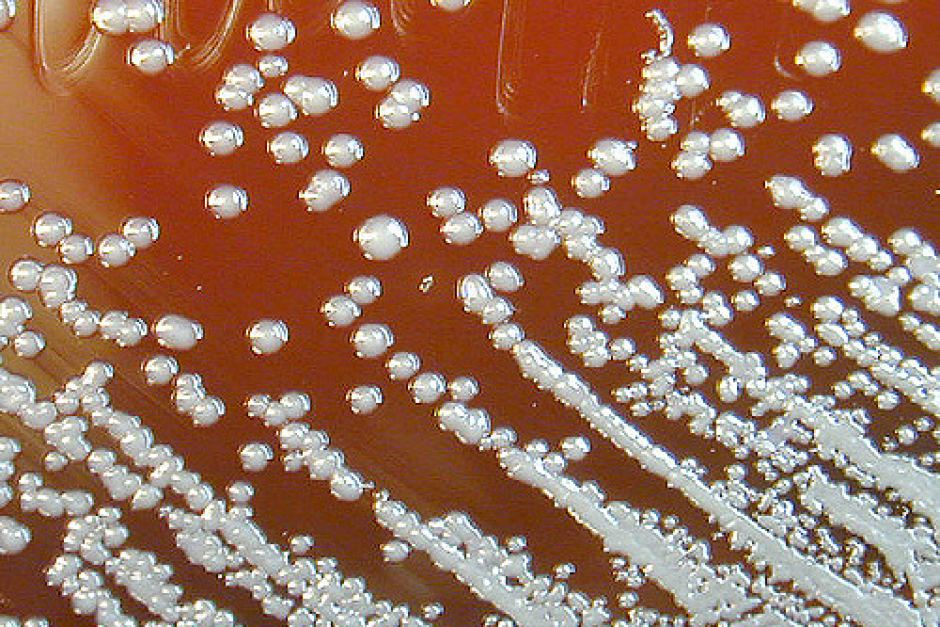- شما هیچ آیتمی در سبد خرید خود ندارید
- قیمت کل: 0 تومان
Abstract
Patterns of colonization of Vitis vinifera L. cv. Chardonnay plantlets by a plant growth-promoting bacterium, Burkholderia sp. strain PsJN, were studied under gnotobiotic conditions
Wild-type strain PsJN and genetically engineered derivatives of this strain tagged with gfp (PsJN::gfp2x) or gusA (PsJN::gusA11) genes were used to enumerate and visualize tissue colonization
The rhizospheres of 4- to 5-week-old plantlets with five developed leaves were inoculated with bacterial suspensions. Epiphytic and endophytic colonization patterns were then monitored by dilution plating assays and microscopic observation of organ sections. Bacteria were chronologically detected first on root surfaces, then in root internal tissues, and finally in the fifth internode and the tissues of the fifth leaf. Analysis of the PsJN colonization patterns showed that this strain colonizes grapevine root surfaces, as well as cell walls and the whole surface of some rhizodermal cells.
Cells were also abundant at lateral root emergence sites and root tips. Furthermore, cell wall-degrading endoglucanase and endopolygalacturonase secreted by PsJN explained how the bacterium gains entry into root internal tissues. Host defense reactions were observed in the exodermis and in several cortical cell layers.
Bacteria were not observed on stem and leaf surfaces but were found in xylem vessels of the fifth internode and the fifth leaf of plantlets
Moreover, bacteria were more abundant in the fifth leaf than in the fifth internode and were found in substomatal chambers. Thus, it seems that Burkholderia sp. strain PsJN induces a local host defense reaction and systemically spreads to aerial parts through the transpiration strea
In both natural and managed ecosystems, plant-associated bacteria play a key role in host adaptation to a changing environment Interactions between plants and beneficial
bacteria can have a profound effect on crop health and yield and soil quality . These microorganisms can presensitize plant cell metabolism, so that upon exposure to stress the presensitized or primed plants are able to respond more quickly and more efficiently than nonprimed plants and thus can better withstand the challenge. The mechanisms by which beneficial microbes support plant growth and health include increasing nutrient availability, improving soil structure, inducing plant defense mechanisms, producing antibiotics, outcompeting pathogens, and providing growth-stimulating substances or enzymes . Despite the beneficial action of the microorganisms on plants, application of such microorganisms in the field is often hampered by inconsistent performance
APPLIED AND ENVIRONMENTAL MICROBIOLOGY
doi:10.1128/AEM.71.4.1685–۱۶۹۳٫۲۰۰۵٫



